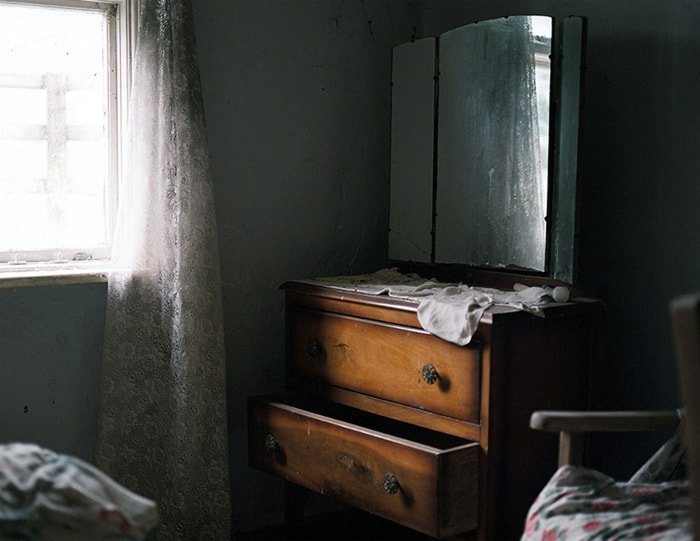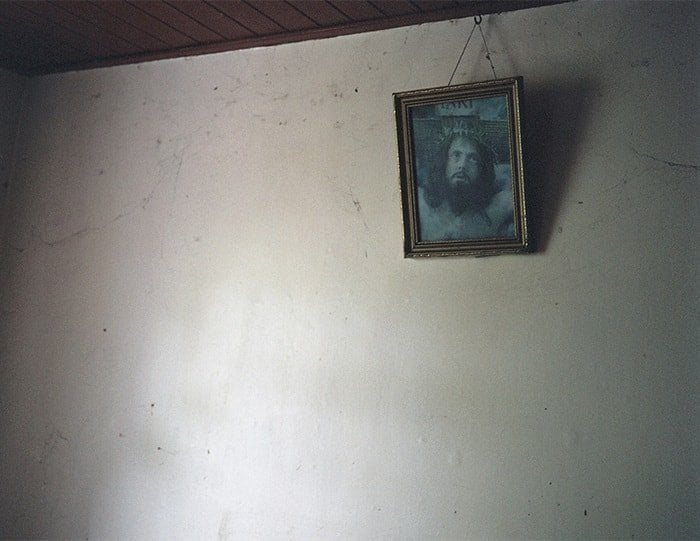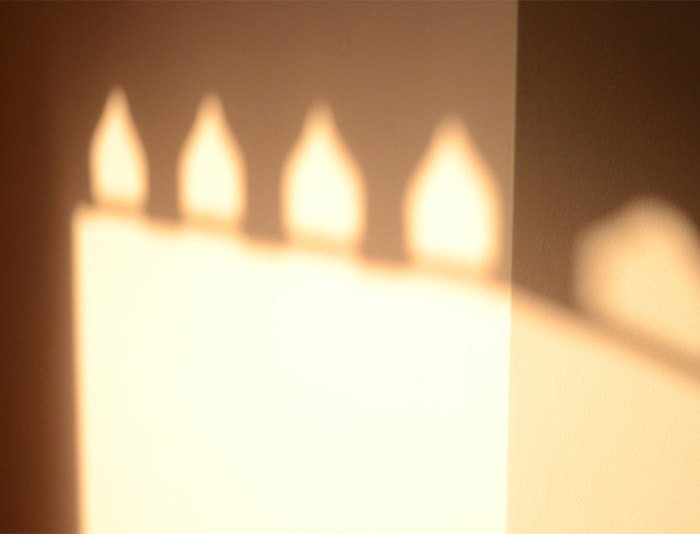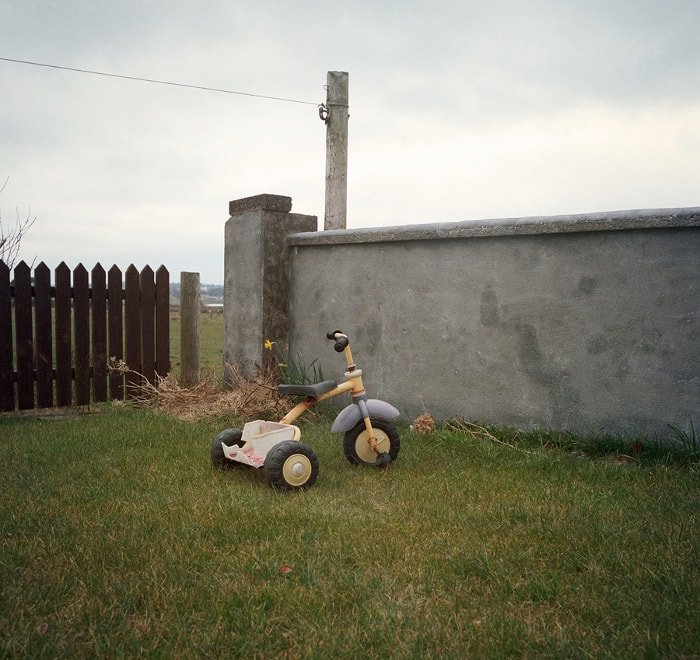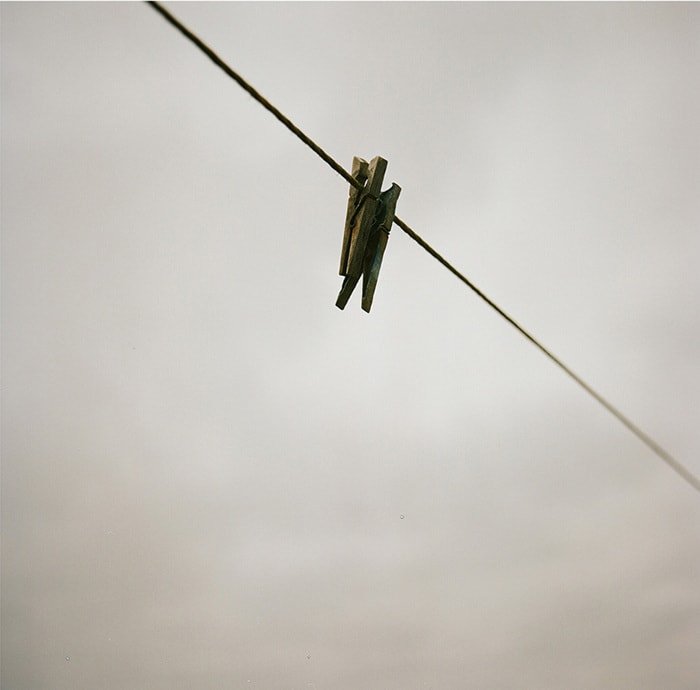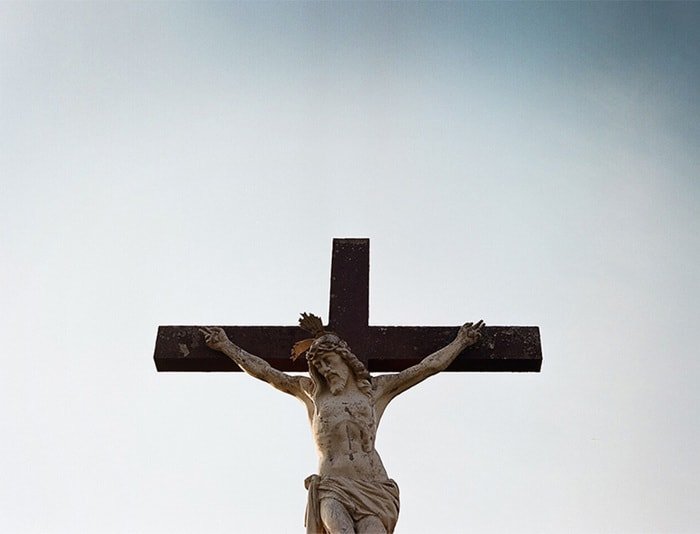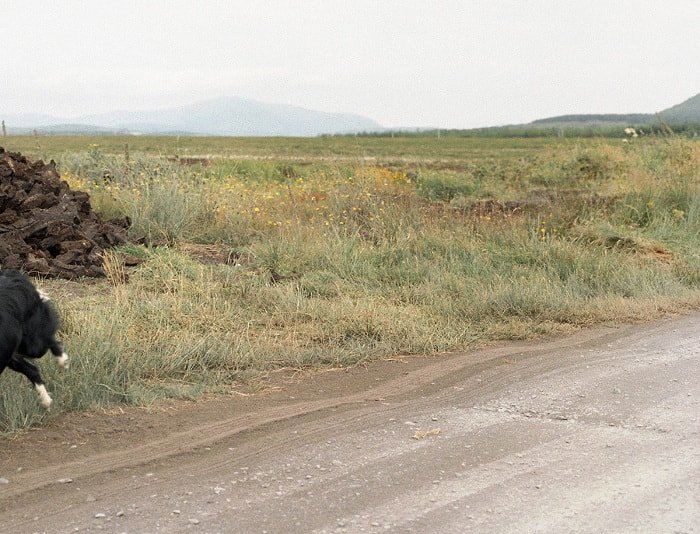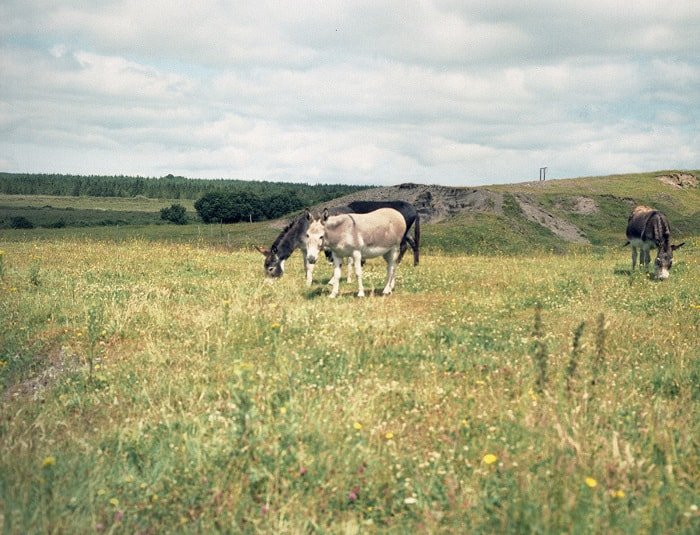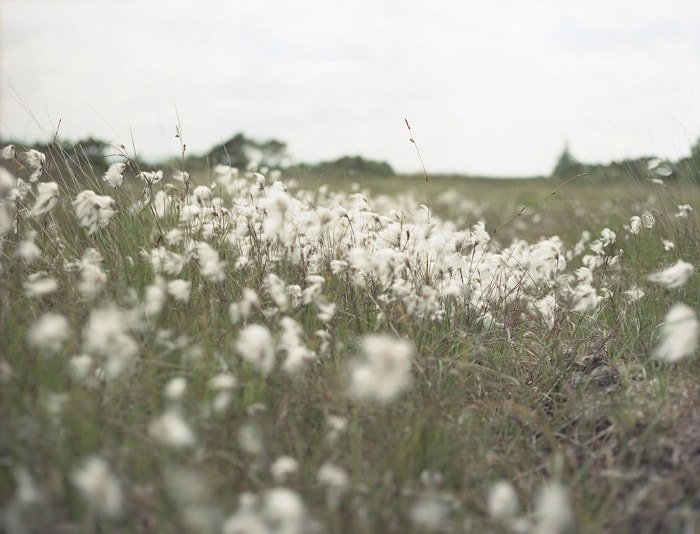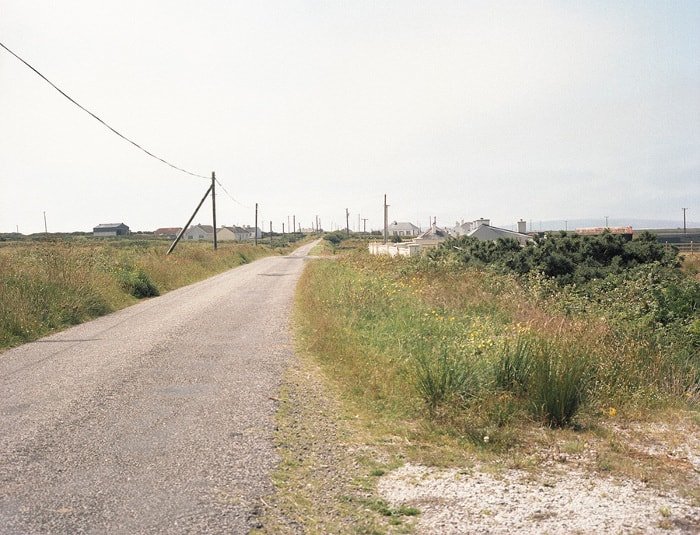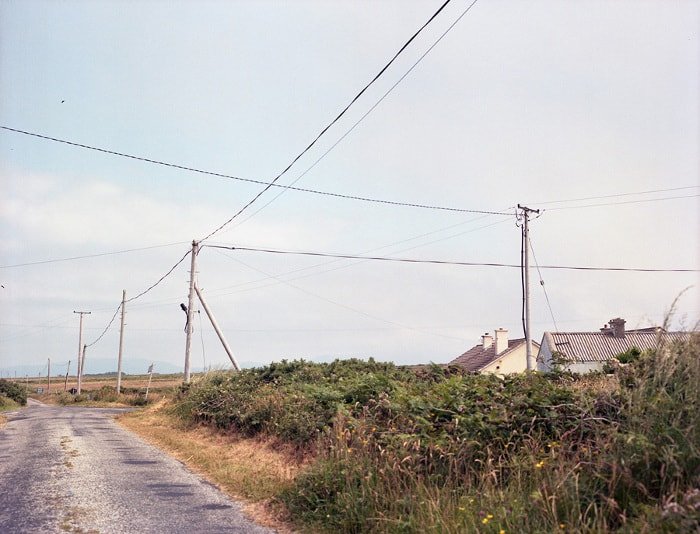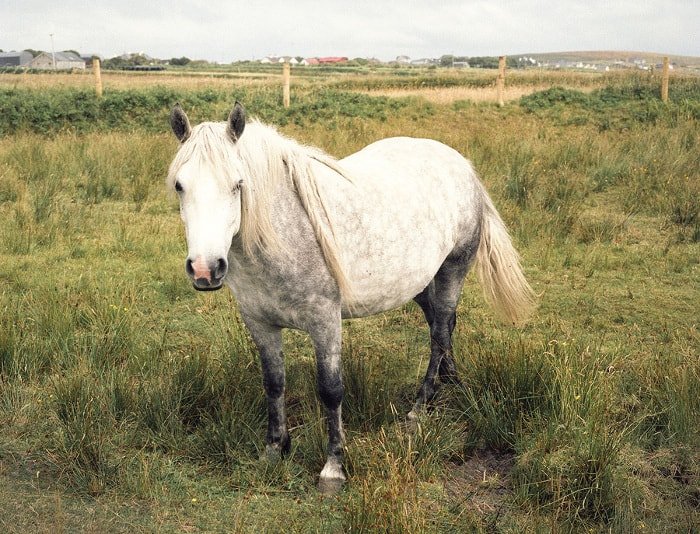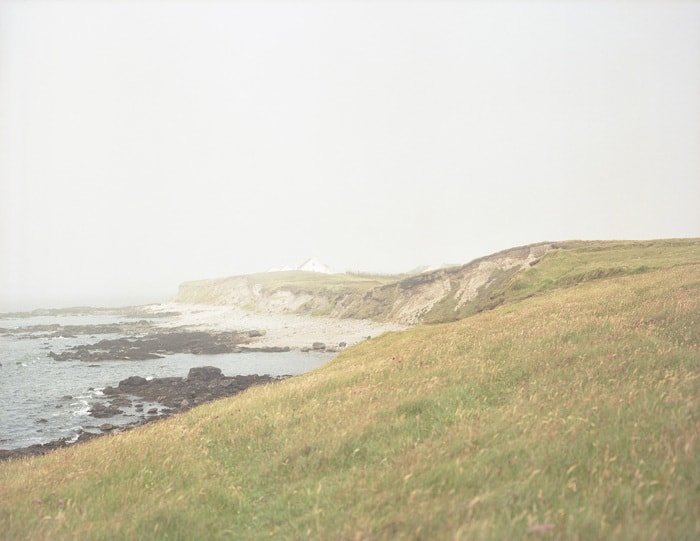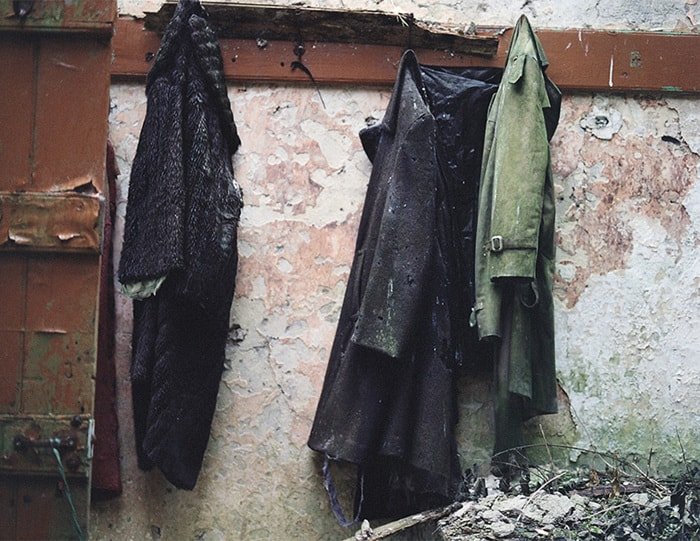Things Were Better Then
I am interested in the idea of the replacement of memory with an object, the replacement of memory with a photograph and the replacement of an object with a photograph. I am particularly interested in Roland Barthes’ idea of a memory becoming a ‘new form of hallucination’ when replaced by a photograph and applying this idea to the replacement of memory by an object. Which, if any, is real? Does one hinder or help the other?It began with a tricycle. A rusted tricycle, no longer functioning, it remained permanently in my parents’ back garden. The children who once rode up and down the driveway have since grown up and the tricycle has lost its importance for them. So why keep the tricycle? The desire to hold onto an object with no function other than to remind us of the past demonstrates the epitome of nostalgia; a mixture of pleasure and sadness, a longing for the way things used to be. By photographing the tricycle, I replace the object with a photograph, preserving it in the way a memory is attempted to be preserved by the photograph.After I took the photograph, I sent it home to my father in the form of a postcard. He put the postcard on the fridge and immediately threw away the tricycle. The photograph of the object serves the same purpose as the object: as a preservation of a memory. Once the photograph had been taken, there was no longer any purpose for the object.It began with a tricycle and developed into a photographic project in which I returned to Ireland throughout the past year, photographing a fragmented memory of home; the shadow of the our kitchen blinds thrown onto the kitchen wall, a clothes line, a dog running. Like the tricycle I have attempted to preserve my own memories in the form of photographs, in the failed manner of which a family album attempts to capture the notion of the ideal family.
Like memory, the photograph is flawed. We know it can never truly transport us back home. Yet we continue to try.
Things Were Better Then.

